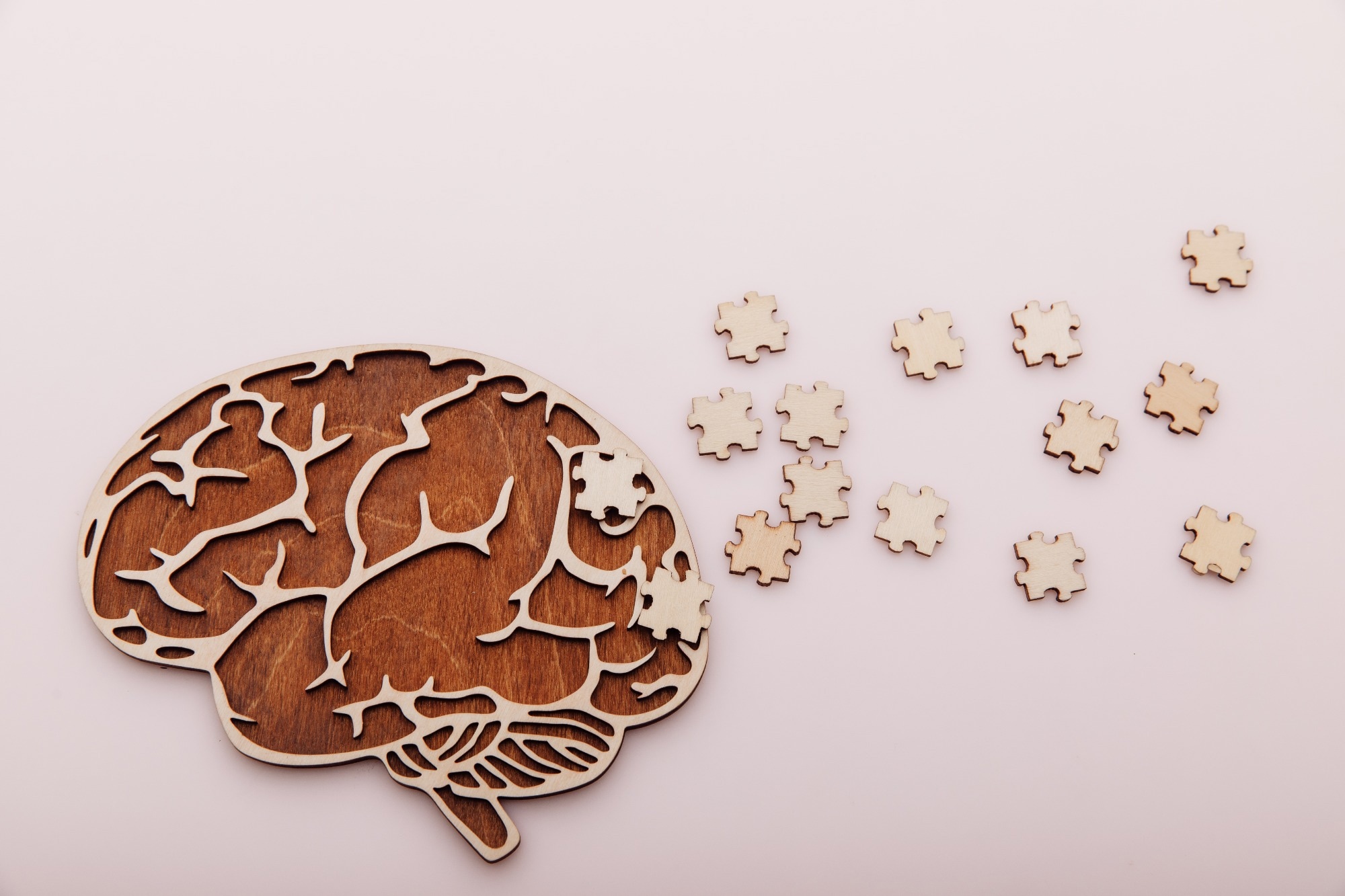Home » Health News »
Study explores sex-specific effects in Alzheimers disease pathology
In a recent translational study published in the Journal of Alzheimer's Association, researchers investigated the role of biological sex in the development and progression of Alzheimer's Disease (AD).
 Study: Sex-dependent cholinergic effects on amyloid pathology: A translational study. Image Credit: Burdun Iliya/Shutterstock.com
Study: Sex-dependent cholinergic effects on amyloid pathology: A translational study. Image Credit: Burdun Iliya/Shutterstock.com
Background
Abundant preclinical and clinical data indicate sex-based differences in AD pathophysiology. However, murine AD models predominantly focus on male mice, which may lead to a lack of translatability to humans due to this gender bias.
Nearly two-thirds of late-onset AD (LOAD) cases occur in women, who also tend to exhibit more severe pathology and faster cognitive decline compared to men. These differences are likely attributed to declining levels of sex hormones, particularly estrogen, during and after menopause.
Therefore, it is crucial to explore whether biological sex plays a causal role in AD pathology.
In relation to AD pathology, various studies using mouse AD models consistently suggest that basal forebrain cholinergic neurons are selectively susceptible to amyloid beta (Aβ) pathology, an event that precedes AD-related cortical degeneration and severe dementia.
Researchers have also identified an association between reduced cholinergic signaling and increased Aβ levels in the brains of both mouse models and human subjects. Moreover, Aβ hinders the synthesis and release of acetylcholine (ACh).
About the study
To investigate the causal relationship between biological sex, cholinergic signaling, and Aβ pathology, researchers adopted a translational approach using murine AD models.
They crossed amyloid precursor protein (App)-knock-in (KI) mice, which replicate human AD pathophysiology, with mice exhibiting either decreased forebrain vesicular acetylcholine transporter (VAChT) expression, mimicking AD-induced basal forebrain cholinergic dysfunction, or those overexpressing VAChT.
These experiments were conducted separately for male and female mice. In the case of female mice, the researchers also assessed the impact of surgically induced menopause and estradiol (E2) replacement.
After euthanization, the researchers harvested the mice's brains and used dissected tissue sections from one hemisphere for immunofluorescence. Three to four tissue sections per mouse were employed to quantify amyloid burden, defined as the percentage of cortex occupied by amyloid deposits.
In addition, enzyme-linked immunosorbent assay (ELISA) was performed on the guanidine-insoluble Aβ fraction obtained from cortical extracts. The experimenters remained blind to the sex and genotype of the mice throughout the collection and analysis.
The study collected data from 58 male and 72 female participants in the Australian Imaging, Biomarker & Lifestyle (AIBL) study, focusing on individuals over 70 years.
Longitudinal structural magnetic resonance imaging (MRI) data were used to track changes in forebrain gray matter volume and correlate these changes with cerebral amyloid, quantified through positron emission tomography (PET).
Results
The study revealed a sex-dependent inverse relationship between cholinergic signaling and Aβ pathology in AD mouse models. While AppNL-F male mice developed Aβ pathology in about nine months, the AppNL-G-F model showed Aβ deposition much earlier.
Increasing VAChT levels reduced Aβ pathology in male mice but did not have the same effect in female mice with intact ovaries. This sex-specific influence of the cholinergic system on Aβ pathology was noted.
Cholinergic neurons express E2 receptors, and E2 regulates their function by increasing ACh levels in the basal forebrain and hippocampus. Consequently, VAChT-overexpression reduced Aβ pathology in ovariectomized female mice, which more closely mimic postmenopausal women. This demonstrated how E2 uncouples the relationship between cholinergic signaling and Aβ pathology in young female mice.
The differences in whole brain gray matter volume and posterior basal forebrain degeneration between young men and women disappeared in individuals aged 70 and above, mirroring the age-dependent effects observed with amyloid PET.
Based on these findings, the researchers stressed the importance of replicating postmenopausal hormonal status in female AD mouse models to better understand the role of biological sex in AD.
Additionally, they suggested that therapies targeting E2 and cholinergic signaling could be valuable in reducing Aβ.
Conclusions
The study notably demonstrated a causal bidirectional relationship between VAChT levels and Aβ pathology in murine AD models, underscoring the impact of biological sex on this connection. However, sex-based differences in Aβ deposition, forebrain atrophy, and this relationship disappeared among humans over 70 years.
The study carries significant implications, especially given the sexual dimorphism in LOAD risk. Therefore, there is a need to replicate the hormonal status of postmenopausal women in mice to more accurately study AD pathology.
Since E2 disrupts the relationship between VAChT levels and Aβ pathology, there is a potential risk that hormone replacement therapy (HRT) could interfere with the benefits of cholinesterase inhibitors (ChEIs) prescribed for AD treatment.
Therefore, further research into the impact of HRT on ChEIs is crucial to enhance treatment efficacy, adjust dosages, and differentiate between responsive and non-responsive AD patients.
-
Liliana German-Castelan, Hayley R. C. Shanks, Robert Gros, Takashi Saito, Takaomi C. Saido, Lisa M. Saksida, Timothy J. Bussey, Marco A. M. Prado, Taylor W. Schmitz, Vania F. Prado., (2023) Sex-dependent cholinergic effects on amyloid pathology: A translational study, the Australian Imaging Biomarkers and Lifestyle flagship study of ageing, The Journal of Alzheimer's Association. doi: https://doi.org/10.1002/alz.13481. https://alz-journals.onlinelibrary.wiley.com/doi/10.1002/alz.13481
Posted in: Medical Science News | Medical Research News | Medical Condition News
Tags: Alzheimer's Disease, Assay, Biomarker, Brain, Cortex, Dementia, Efficacy, ELISA, Enzyme, Estradiol, Estrogen, Guanidine, Hippocampus, Hormone, Hormone Replacement Therapy, Imaging, Magnetic Resonance Imaging, Menopause, Neurons, Ovaries, Pathology, Pathophysiology, Positron Emission Tomography, Preclinical, Protein, Research, Tomography

Written by
Neha Mathur
Neha is a digital marketing professional based in Gurugram, India. She has a Master’s degree from the University of Rajasthan with a specialization in Biotechnology in 2008. She has experience in pre-clinical research as part of her research project in The Department of Toxicology at the prestigious Central Drug Research Institute (CDRI), Lucknow, India. She also holds a certification in C++ programming.



